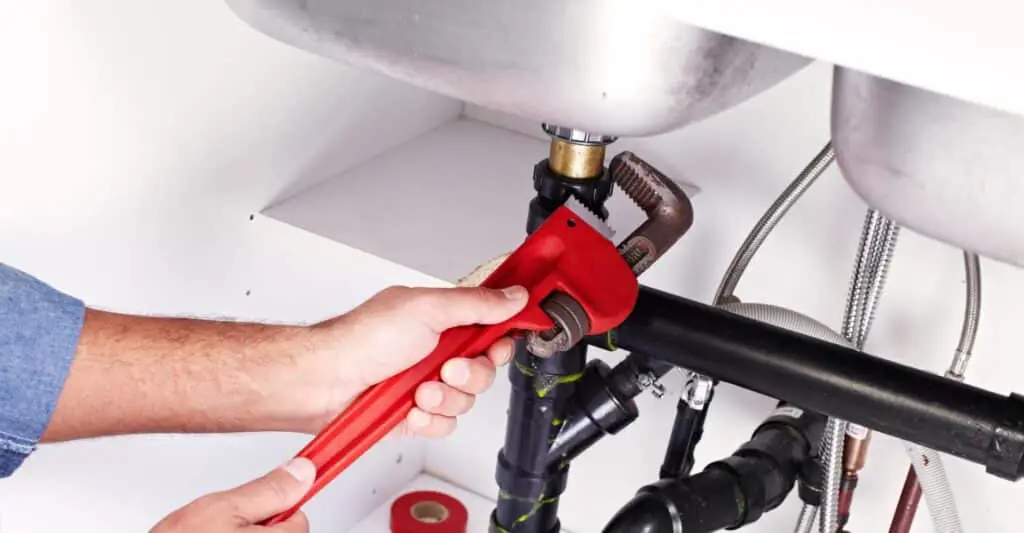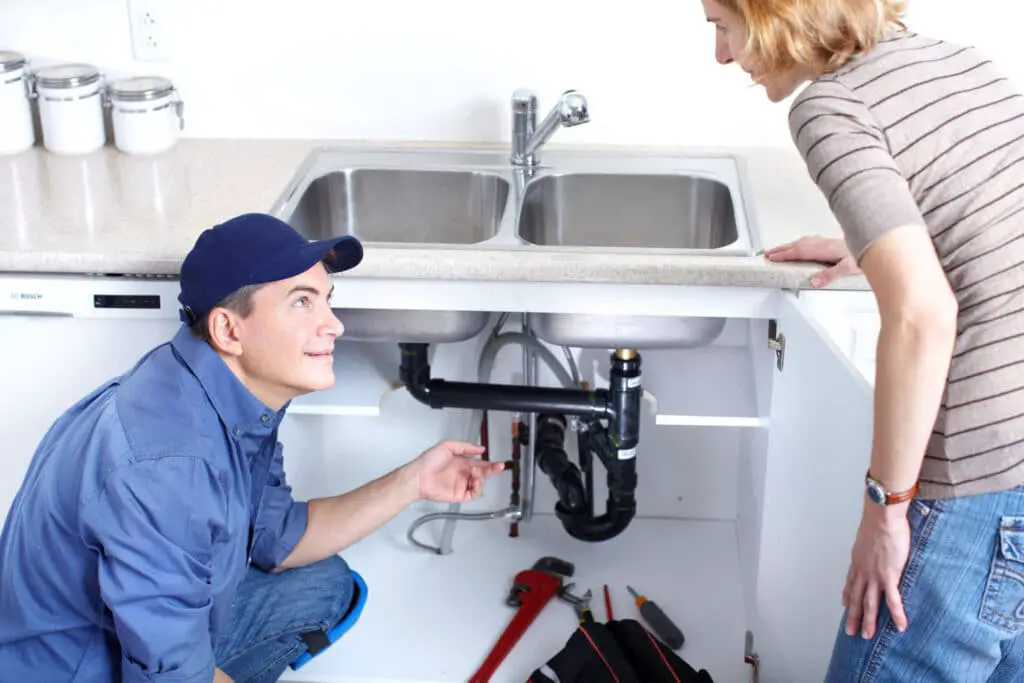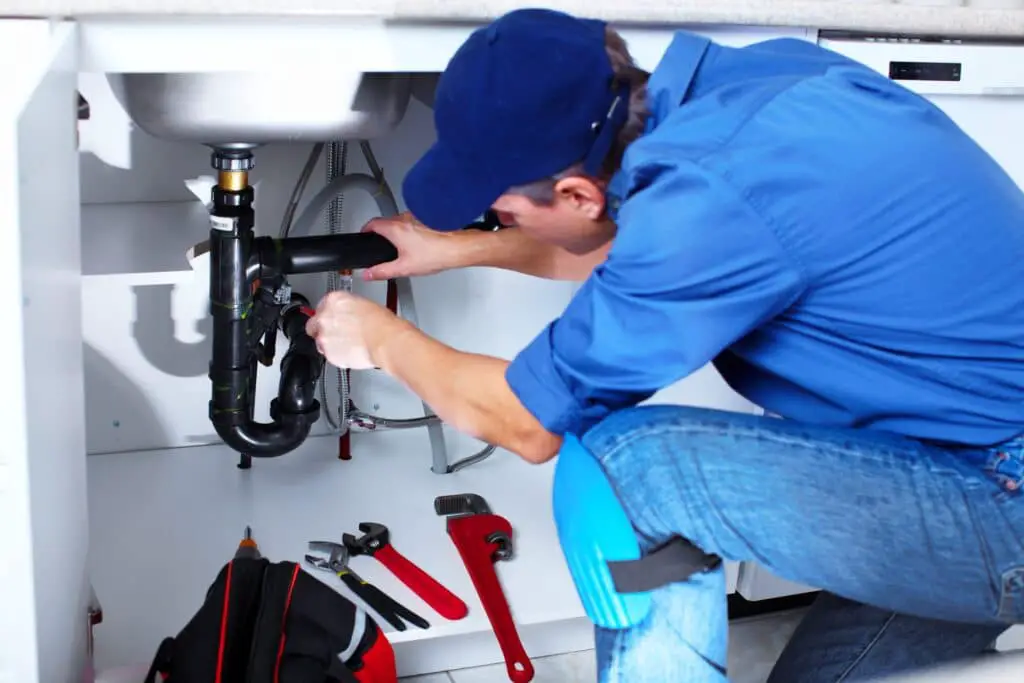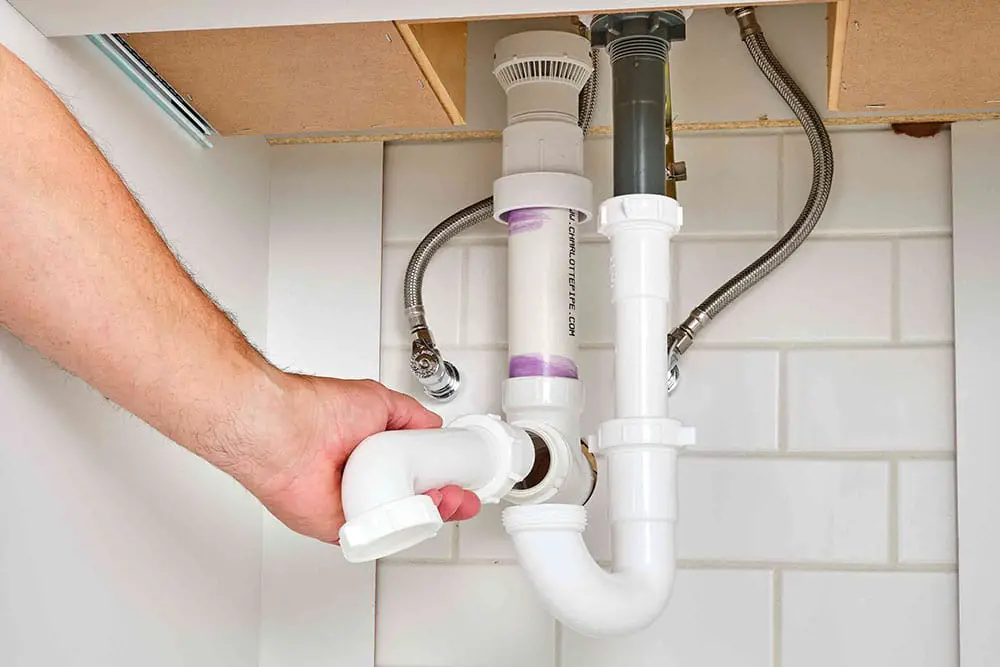How To Unclog Plumbing Vent
Introduction
This method relies on the plumbing outlet to prevent pipe pressure and odors. However, garbage, leaves, and other obstacles can build up in the vent, causing blockages, slow drains, gurgling sounds, and terrible smells.
Unclogging a plumbing vent requires basic knowledge and tools.How to clear a plumbing vent and restore ventilation. These include using a plumbing snake or auger, a high-pressure water jet, or chemical solutions to dissolve the clog.
The importance of understanding the plumbing vent system and its function. This will help you identify the location of the clog and determine the best approach to resolve it. From using a plumbing snake to physically remove the blockage to utilizing a high-pressure water jet, outline step-by-step instructions for each technique, highlighting the potential benefits and limitations. By following these guidelines, you can reduce the likelihood of future clogs and ensure the proper functioning of your plumbing system.

How Do I Know If My Plumbing Vent Is Clogged?
Gurgling or “Glugging” Sounds as Water Goes Down the Drain
If any of your drains make these sounds as water exits them, a blocked vent may be the culprit. The clog restricts the amount of air that flows into the vent. This results in the air needing more time to replace the vacuum left by passing water.
Identifying a clogged plumbing vent is crucial for maintaining the health and functionality of your plumbing system. While the vent is typically located on the roof, its obstruction can cause various symptoms throughout your home. If you want to know if your plumbing vent is clogged, here are some frequent signs that it probably is.
Slow drainage: If you notice that multiple drains in your home, such as sinks, showers, or toilets, are draining slower than usual, it may indicate a clogged vent. A blocked vent disrupts the proper flow of air in the plumbing system, leading to sluggish drainage.
Gurgling sounds: When the vent is obstructed, air struggles to escape through the system, resulting in gurgling or bubbling sounds. These sounds often occur when you flush the toilet or drain water from a sink or bathtub.
Other Identification
Sewer odors: A clogged plumbing vent can prevent sewer gases from venting outside. Causing unpleasant odors to permeate your living space. If you detect foul smells in your home, especially near drains or plumbing fixtures. It could be a sign of a vent obstruction.
Multiple drain issues: If you experience multiple drain problems simultaneously, such as several toilets not flushing properly or multiple sinks backing up. It is likely that the issue stems from a clogged plumbing vent.
Water backups: A clogged vent can disrupt the balance of air pressure in the plumbing system, causing water to back up into drains or overflow from fixtures. This can lead to water damage and further plumbing issues.
How Do You Unclog A Plumbing Vent Without Getting On The Roof?
Hot water: Running hot water creates steam and heat that rises through your vent pipe. Turn on a faucet on the uppermost floor of your home and allow it to run hot water for a while. The heat the water creates may be enough to melt any snow or ice that’s clogging the vent.
Unclogging a plumbing vent without accessing the roof may seem challenging, but there are alternative methods you can try. Here are a few techniques to unclog a plumbing vent without having to climb onto the roof:
Use a plumbing snake or auger: Feed the snake or auger down through the vent pipe from inside your home. Twist and maneuver the tool to break up and remove the obstruction. This method is most effective for minor clogs closer to the vent opening.
Employ a wet/dry vacuum: Attach the vacuum hose to a drain or cleanout pipe connected to the plumbing system. Create a tight seal around the pipe and turn on the vacuum to create suction. This can help dislodge and remove the clog from the vent.
Use a garden hose: Connect a garden hose to an outside faucet or another water source. Insert the hose into the vent pipe through a basement or crawl space cleanout. Turn on the water to create a high-pressure flow that can dislodge the clog.
Employ chemical drain cleaners: Choose a drain cleaner specifically designed to dissolve organic matter, such as hair or grease, which commonly cause vent obstructions. Follow the instructions carefully and use the product according to the manufacturer’s guidelines.
Seek professional assistance: If the clog is persistent or difficult to reach, it may be necessary to consult a professional plumber. They have specialized tools and expertise to address more complex vent obstructions.
Where Is Plumbing Vent Located?
Plumbing vent pipes are typically located on roofs, away from windows, to ensure the fumes exit the home completely. The other function of the plumbing vent is to move fresh air into your plumbing system. This helps move water through every plumbing fixture in your house, like toilets and sink drains.
The plumbing vent, also known as a vent stack or vent pipe, is a critical component of a plumbing system. Its primary function is to regulate air pressure and maintain proper drainage within the system by allowing air to enter and exit. Understanding where the plumbing vent is located can help you identify and address any potential issues. Here are the common locations for plumbing vents:
Roof: The most recognizable and common location for a plumbing vent is on the roof. Vents typically extend vertically through the roof and are topped with a vent cap or vent stack cover. These vent pipes allow gases to escape and prevent sewer odors from entering the house.
Exterior walls: In some cases, plumbing vents may be located on the exterior walls of a building. These vents are commonly found in areas where accessing the roof for vent installation is challenging or impractical. They are typically extended above the roofline to ensure proper ventilation.
Attic or crawl space: In certain instances, plumbing vents may run horizontally through the attic or crawl space before exiting the roof. This configuration is often seen in homes with complex plumbing systems or those where roof access is limited.
Basement or crawl space: For homes with basement or crawl space foundations, plumbing vents may be visible within these areas. They may extend vertically through the floor and connect to the main vent stack or run horizontally to join with other vent pipes.
How Do Plumbing Roof Vents Work?
The vent stack is a vertical drain line that goes through your home’s roof to reach the outside. No running water goes through the plumbing vent. It connects with your main roof vent, allowing gases to vent and maintain the proper pressure within your home’s plumbing system.
Plumbing roof vents play a crucial role in the functionality of a plumbing system. They are designed to regulate air pressure and maintain proper drainage by allowing air to enter and exit the system. Understanding how plumbing roof vents work can help you appreciate their importance in preventing issues like slow drainage, gurgling sounds, and sewer odors. Here’s a breakdown of how plumbing roof vents function:
Air enters the plumbing system through roof vents to equalize pressure and ensure smooth drainage.
Siphoning prevention: Toilets and sinks have traps that hold water to keep sewer gases out. Plumbing vents provide air, maintain trap water seals, and prevent sewage gas escape, preventing siphoning.
Other Function
Expelling sewer gases: Plumbing vents provide an escape route for sewer gases to exit the plumbing system and disperse into the atmosphere. By venting these gases outside the building, roof vents help prevent unpleasant odors from infiltrating the living space.
Removing obstructions: Roof vents are designed to allow air to flow freely. However, obstructions such as debris, leaves, or animal nests can block the vent pipe. Regular inspection and maintenance of the roof vent ensure its proper function by clearing any obstructions that might hinder air circulation.

Do Plumbing Vents Let Air In Or Out?
Plumbing vents get rid of gas and smells in the same way that drain lines get rid of waste and water. By letting in fresh air, this improves pipe draining and water flow.
The main thing that vents do is let air into the pipes. Through these vents, fresh air from outside the building comes in. This controls the air flow and drainage in the plumbing system. A better look at the flow of air through plumbing vents:
Let fresh air in: Plumbing outlets let fresh air into the system. To keep drains and pipes from going dry or having negative pressure, air must refill the wastewater. Vents in plumbing let in fresh air to balance the pressure and help the water flow.
Bringing down the air pressure: When wastewater flows through pipes, it causes negative pressure, also known as suction. If there isn’t enough air flow, this suction effect can stop water from moving and empty water traps, letting sewer gases into the living area. Vents let fresh air into the pipe system, which equalizes the air pressure and stops these problems.
In addition to letting air in, plumbing outlets let sewage gases out of the system. Sewage fumes can build up and smell bad when wastewater drains. These fumes are let out of the building through plumbing vents, making the space clean and odor-free.
What Are Plumbing Vents For?
The air flow in your home’s plumbing is controlled by a vent stack, also called a plumbing vent. They work like drain lines, which take out water and waste from your home. Plumbing vents do the same thing for gas and smells. This also lets fresh air into the system, which makes it easier for water to move and pipes to drain.
These vents have control over air pressure, draining, and the flow of sewage gas. These are the main things that plumbing openings do:
Vents let air into the pipe system, which makes sure there is enough air flow. To keep lines from gurgling, draining slowly, and water traps from filling up, air must replace the wastewater. Plumbing vents let in fresh air, which keeps the air flow even and helps the drains work better.
Plumbing traps, water-filled pipe bends, prevent sewer gases from entering the home.
Other Primary Function
For letting sewer gases out, plumbing vents work as an escape path. These gases can build up and make bad smells as wastewater moves through the plumbing system. The vents let the gases escape outside the building, which keeps smelly things from getting into the living area.
Equalizing pressure: For a plumbing system to work properly, the air pressure needs to be matched. Plumbing vents let air enter and leave the system, which helps keep the pressure even. This balance keeps a vacuum or negative pressure from forming, which can stop drainage and lead to problems like noise or slow drainage.
How Do I Know If My Plumbing Vent Is Clogged?
Signs of a clogged plumbing vent include gurgling sounds from drains, slow draining fixtures, foul odors coming from drains or the roof, or water backing up into sinks or toilets.
Identifying a clogged plumbing vent is essential for maintaining a properly functioning plumbing system. Several signs can indicate that your plumbing vent is clogged. Here are some common indicators to look out for:
Slow drainage: If you notice that multiple drains in your home, such as sinks, toilets, or showers, are draining slower than usual, it may be a sign of a clogged vent. A blocked vent disrupts the air balance in the plumbing system, causing water to drain slowly.
Gurgling sounds: Clogged vents can create gurgling or bubbling sounds when you use plumbing fixtures like toilets, sinks, or showers. These sounds occur because the air can’t flow freely through the vent, resulting in air pockets and vibrations.
Foul odors: A clogged plumbing vent can cause sewer odors to enter your living space. If you detect unpleasant smells near drains or plumbing fixtures, it may indicate that sewer gases are not properly venting out through the clogged vent.
Multiple drain problems: When the plumbing vent is obstructed, multiple drains in your home may be affected simultaneously. For example, you may experience slow draining or backup issues in different fixtures. This pattern suggests a vent clog rather than a localized drain blockage.
Water backups: A clogged vent disrupts the air balance in the plumbing system, which can lead to water backing up in drains or overflowing from fixtures. If you notice water coming up through drains or overflowing toilets, it may indicate a clogged plumbing vent.
Can I Unclog A Plumbing Vent Myself?
Unclogging a plumbing vent can be a complex task and may require climbing onto the roof, using specialized tools, or working with plumbing equipment.
Yes, you can unclog a plumbing vent yourself in many cases. Unclogging a plumbing vent is a task that can be accomplished with a little knowledge and the right tools. Here are some steps you can take to unclog a plumbing vent on your own:
Identify the vent location: Determine the location of the plumbing vent on your roof or exterior wall. This will help you access the vent for inspection and unclogging.
Inspect for obstructions: Use a ladder or access point to visually inspect the vent for any visible obstructions, such as debris, leaves, or animal nests. If you can safely reach the vent, remove the obstructions by hand or with a tool like a brush or small rake.
Use a plumbing snake or auger: If the clog is not visible or accessible from the exterior, you can use a plumbing snake or auger to clear the vent. Insert the snake or auger into the vent pipe and rotate it clockwise while pushing it forward. This can help break up the obstruction and allow air and water to flow freely.
Some Other Steps
Utilize high-pressure water: Another method is to use a garden hose with a nozzle attachment to send a high-pressure stream of water through the vent pipe. Insert the hose into the vent and turn on the water at full pressure. The force of the water can dislodge the clog and clear the vent.
Seek professional help if needed: If your attempts to unclog the plumbing vent are unsuccessful or if you are uncomfortable performing the task yourself, it’s advisable to contact a professional plumber. They have the expertise and specialized equipment to tackle more complex vent obstructions.

Conclusion
It is important for homes to know how to clear out a plumbing vent. If your vent is clogged, it can cause a number of plumbing problems, such as slow flow, gurgling sounds, and bad smells. How knowing the symptoms of a clogged plumbing vent can help you figure out what’s causing your plumbing issues is very important.
By knowing these signs, you can take specific steps to clear out the vent and get your water system working properly again. There are different ways to clear out a plumbing vent, such as using a plumbing snake or auger, a high-pressure water jet, or chemical treatments. There are pros and cons to each method, and it is important to follow the safety rules and directions that come with each one.
With the information and skills in this help, you should be able to fix a clogged plumbing system vent on your own. But it’s important to know what you can and can’t do and get help from a professional when you need it. Remember that a plumbing vent that works properly is important for the health and efficiency of your whole plumbing system. With this information, you can keep your plumbing vents clear so that water can drain properly and sewer gas doesn’t get in.








